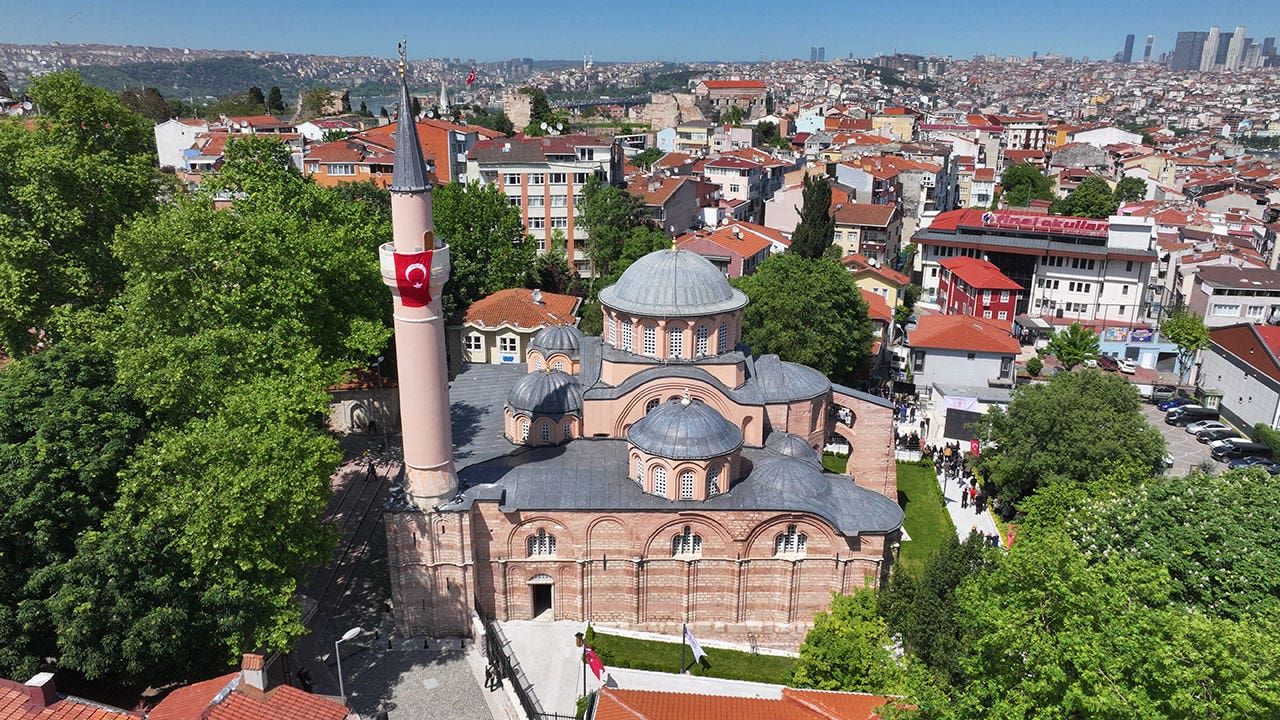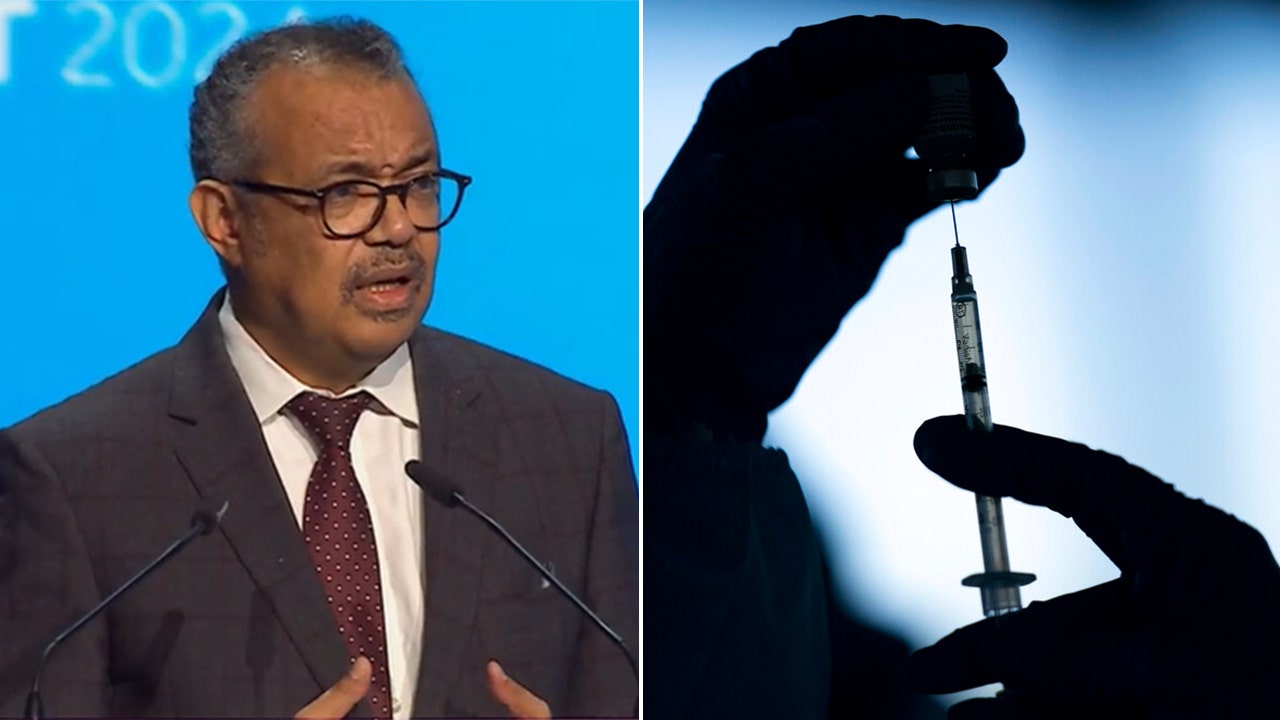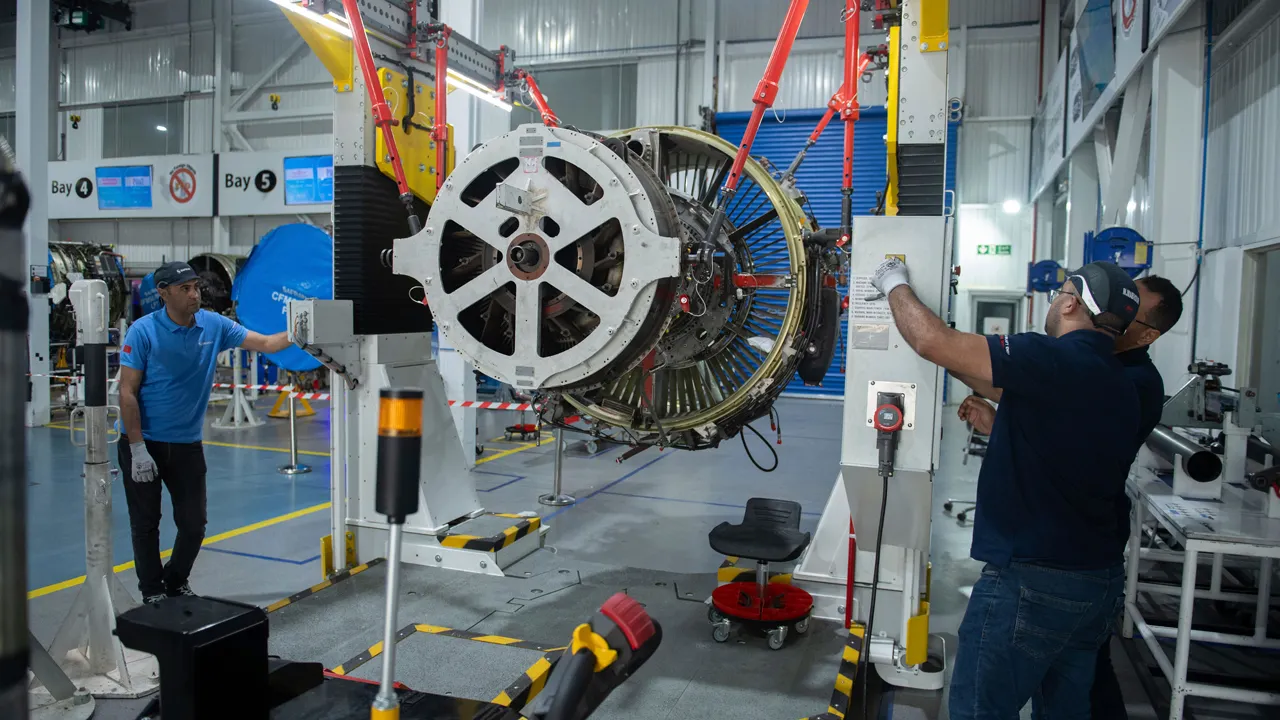With Russia mired in a long war in Ukraine and increasingly dependent on China for supplies, Beijing is moving quickly to expand its sway in Central Asia, a region that was once in the Kremlin’s sphere of influence.
Russia, for its part, is pushing back hard.
As the leaders of Central Asian countries meet with the presidents of China and Russia this week in Astana, the capital of Kazakhstan, China’s rising presence is visible in the region. New rail lines and other infrastructure are being built, while trade and investment are rising.
Flag-waving Kazakh children who sang in Chinese greeted Xi Jinping, China’s leader, upon his arrival in Astana on Tuesday. He praised ties with Kazakhstan as a friendship that has “endured for generations.”
President Vladimir V. Putin of Russia is expected to arrive Wednesday for the start of the meeting in Astana, an annual summit of the Shanghai Cooperation Organization, a regional grouping dominated by Beijing. The forum was for years focused largely on security issues. But as the group has expanded its membership, China and Russia have used it as a platform to showcase their ambitions of reshaping a global order dominated by the United States.
The group, which was established by China and Russia in 2001 with the Central Asian countries Kazakhstan, Kyrgyzstan, Tajikistan and Uzbekistan, has expanded in recent years to include Pakistan, India and Iran.
Even as China has expanded its economic influence across Central Asia, it still faces challenges to its diplomacy, as Russia seeks to tilt the balance of members in the Shanghai forum in its favor.
The leader of Belarus, Aleksandr Lukashenko, is expected to attend the summit this year. He is Mr. Putin’s closest foreign ally, who relies heavily on Russia’s economic and political support to stay in power. Foreign Minister Sergey Lavrov of Russia has said that Belarus would be named a full member of the Shanghai Cooperation Organization at this year’s summit. That would be a minor diplomatic victory for the Kremlin.
A bigger setback for Beijing is that Prime Minister Narendra Modi of India is skipping the summit this year. Mr. Modi plans to visit Moscow next week to hold his own discussions with Mr. Putin and is instead sending his minister of external affairs, Subrahmanyam Jaishankar, to the summit in Astana.
Coming after Mr. Putin’s recent trip to two of China’s other neighbors, North Korea and Vietnam, that upcoming trip by Mr. Modi to Moscow indicates that Mr. Putin is still able to weave his own diplomatic relationships separate from Beijing, said Theresa Fallon, the director of the Center for Russia, Europe, Asia Studies in Brussels.
“He’s saying, ‘I’ve got other options,’” Ms. Fallon said.
India had joined the Shanghai Cooperation Organization at Russia’s behest in 2017, when Pakistan also joined at the encouragement of China. But India’s relations with China have become chilly since then, after border skirmishes between their troops in 2020 and 2022.
While Mr. Modi had favored closer relations when he took office a decade ago, the two countries no longer even allow nonstop commercial flights between them.
India is becoming more concerned about the region’s geopolitical balance of power as China’s clout rises and Russia’s wanes, said Harsh V. Pant, a professor of international relations at King’s College London. China and Russia have also forged increasingly friendly relations with the Taliban government of Afghanistan, which has run the country since the departure of American forces in 2021 and has long sided with Pakistan against India.
“So far as Russia was the dominant player, India was fine with it,” Mr. Pant said. “But as China becomes more important economically and more potent in Central Asia, and Russia becomes the junior partner, India’s concerns would be rising.”
In broader terms, however, Russia’s participation in the Shanghai Cooperation Organization is largely a rear-guard action to counterbalance the region’s seemingly inexorable shift toward China. Mr. Putin relies heavily on China to keep his economy and military production afloat amid Western sanctions, and over the years his government has come to accept Beijing’s growing ties to Central Asia’s former Soviet Republics. The massive gap between Russia’s and Beijing’s economic muscle makes direct competition in Central Asia futile for the Kremlin.
Instead, the Kremlin has sought to maintain a measure of leverage in its former satellites on issues that remain vital to its national interests, including by attending largely symbolic events like the Astana summit. On Wednesday, Mr. Putin will hold six separate meetings with Asian heads of state in Astana, according to Russian state media.
Russia wants to maintain access to Central Asian markets to circumvent Western sanctions. Since the invasion of Ukraine, Russia has obtained billions of dollars’ worth of Western goods by using Central Asian intermediaries. These include consumer goods like luxury cars, as well as electronic components that have been used in military production.
Russia also relies heavily on millions of Central Asian migrants to prop up its economy, as well as to rebuild the occupied parts of Ukraine.
Finally, Russia wants to cooperate with the governments of the largely Muslim nations of Central Asia on security, and the threat of terrorism in particular. These threats were laid bare earlier this year, when a group of Tajik citizens killed 145 people at a Moscow concert hall in the deadliest terror attack in Russia in more than a decade. The Islamic State claimed responsibility for the attack.
Russia and China do not just compete in Central Asia. They often cooperate, because they perceive a shared interest in having stable regimes in the region that have little or no coordination with Western militaries, said Alexander Gabuev, the director of the Carnegie Russia Eurasia Center, a research group.
“They see regional stability anchored in authoritarian regimes that are secular, non-Muslim and, to a degree, repressive at home,” he said.
William Fierman, a professor emeritus of Central Asian studies at Indiana University, said that Beijing also faces deep-seated public concern in Central Asia that China may use its huge population and migration to overwhelm the sparsely populated region. Soviet authorities fanned those suspicions for decades, and even a younger generation that did not grow up under Soviet rule now appears to share these concerns, he said.
In Astana, the elephant in the room is likely to be the war in Ukraine. Few experts expect much public discussion of the war at a forum dominated by Beijing, given its indirect support for the Russian war effort.
Mr. Xi will also use his visit to push his vision of building better transportation links across the region, said Wu Xinbo, the dean of the Institute of International Studies at Fudan University in Shanghai. After the summit, Mr. Xi is scheduled to make a state visit to Tajikistan, where the U.S. State Department recently estimated that over 99 percent of foreign investment comes from China.
Many of China’s investments in Central Asia are in infrastructure. China concluded an agreement with Kyrgyzstan and Uzbekistan last month to build a new rail line across both countries. The rail line will give China a shortcut for overland trade with Iran, Afghanistan and Turkmenistan, and beyond them to the Mideast and Europe. China has tried for the past 12 years to expand rail traffic across Russia to carry its exports to Europe, but now wants to add a southerly route.
“From a long-term, strategic perspective, this railway is very important,” said Niva Yau, a nonresident fellow specializing in China’s relations with Central Asia at the Atlantic Council, a Washington research group.
Suhasini Raj and Li You contributed reporting and research.






